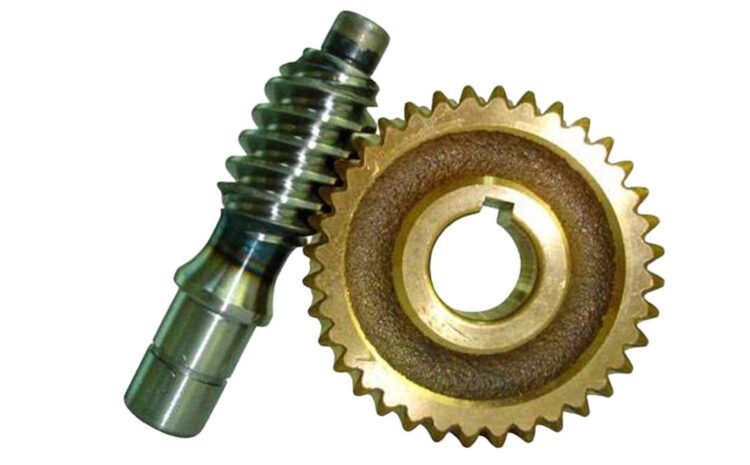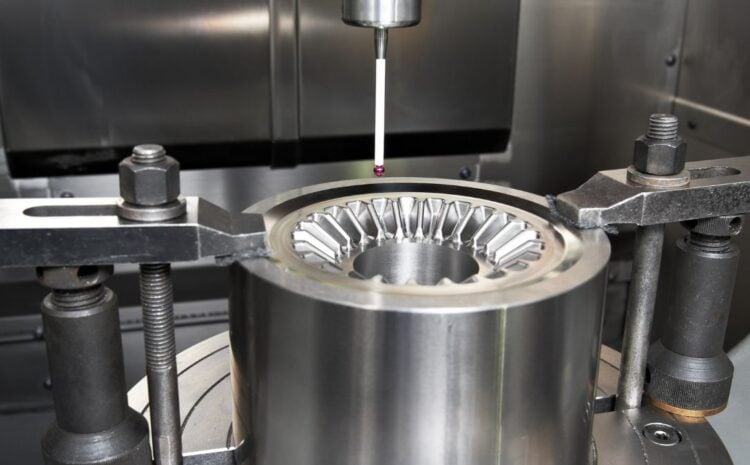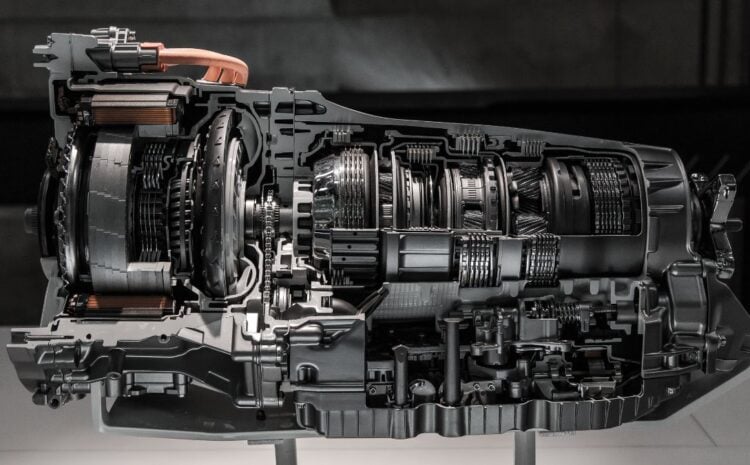Gears are an essential component of many machines and pieces of equipment that we use on a daily basis. They can be found in automobiles, planes, and heavy machinery, to mention a few.
Gear manufacturing is a complex operation that necessitates precision and skill. This article will provide a full review of gear manufacturing, covering the numerous types of gear, the gear manufacturing process, the factors that influence gear manufacturing, and the various gear uses.
Different Kinds of Gears
Before delving into the gear manufacturing process, it’s critical to first understand the many gear types. Spur gears, helical gears, bevel gears, worm gears, and planetary gears are all examples of gears.
- Spur gears are the most common form of gear and can be found in many applications. They have straight teeth that run parallel to the axis of the gear. Spur gears are employed in various industrial applications, including power transmission.
- Helical gears are comparable to spur gears but feature inclined teeth, allowing for a smoother and quieter operation. Helical gears can be found in vehicles, construction equipment, and machine tools.
- Bevel gears are used to modify the power transmission direction. They are cone-shaped and utilized in differential gears and other automobile applications.
- Worm gears are utilized in situations requiring a lot of torque. They are frequently employed in heavy machinery due to their efficiency and precision.
- Planetary gears are employed in high-precision applications such as robots and medical equipment. They are extremely precise and can significantly reduce gear in a tiny package.
Methods for Producing Gear
Gear production is a difficult operation that necessitates specialized machinery and experience. Gears are manufactured using various methods, including hobbing, shaping, gear grinding, gear lapping, and gear honing.
Hobbing is the most popular way to make spur gears. The teeth of the gear are created using a cutting instrument known as a hob. The gear blank remains motionless as the hob rotates, giving in gear with straight teeth.
Internal and external gears are created via shaping. This method involves using a shaping tool to cut the teeth of the gear. The shaping tool goes along the blank of the gear, producing a gear with angled teeth.
Gear grinding is a method of producing precision gears. A grinding wheel is used to form the teeth of the gear to the exact specifications required. Gear grinding is a highly specialized procedure that necessitates the use of expert operators as well as specialized equipment.
Techniques for enhancing the surface polish and precision of gears include gear lapping and gear honing. Gear honing involves using a honing tone to increase the accuracy of the gear, whereas gear lapping involves using a spinning abrasive tool to raise the surface polish of the gear.
Factors Influencing Gear Production
Many factors can influence gear manufacturing. Material selection is a significant component in gear production. The material utilized can have an effect on the durability and strength of the gear. Heat treatment is also important for increasing the toughness and wears resistance of a gear.
Design issues are also crucial in the manufacture of gears. The design of the gear might have an impact on its performance and durability. Throughout the manufacturing process, machining accuracy is also critical. The precision of the cutting tools and machinery employed can have an effect on the functioning of the gear.
Another critical aspect of gear manufacturing is quality control. Quality control procedures that are implemented correctly can assist ensure that the gears fulfill the appropriate specifications and work as intended.
Gear Applications
Gears are utilized in a wide range of industries and applications. Transmissions, differential gears, and powertrains all use gears in the automotive industry. In the aircraft industry, gears are used in turbines, landing gear, and flight control systems. Several industrial applications, such as those involving heavy machinery, mining equipment, and construction equipment, use gears. Moreover, the healthcare sector uses gears, notably in MRI machines and other medical equipment.
By transferring power and torque from one rotating shaft to another, gears offer a mechanical advantage, making them crucial parts of power transmission systems. The speed, direction, or torque of power being transmitted can all be changed by using gears. By minimizing energy losses brought on by friction and vibration, gears are also employed to increase the effectiveness of power transmission systems.
Conclusion
Gear manufacturing is a highly specialized and complex operation that necessitates precision and skill. There are various sorts of equipment, each with its own set of characteristics and applications. Hobbing, shaping, gear grinding, gear lapping, and gear honing are all gear manufacturing methods, each with its own set of pros and disadvantages. Many variables influence gear quality, including material selection, design considerations, and machining accuracy. Finally, gears are important in a wide range of industries and applications because they provide a mechanical advantage while also boosting the efficiency of power transmission systems.
The demand for high-quality and precise gear is projected to rise as technology advances. To meet this demand and increase the efficiency and performance of gears, the manufacturing industry is investing in cutting-edge equipment and technology.
Finally, understanding the many types of gear, the gear manufacturing process, the factors that influence gear manufacture, and gear applications are critical in designing and producing high-quality and efficient gears. Manufacturers can make gears that satisfy the most stringent criteria and perform in the harshest situations with the correct equipment, experience, and attention to detail.



